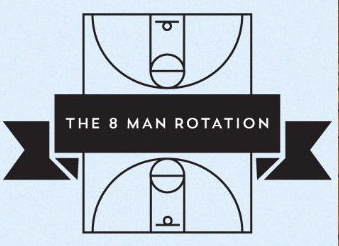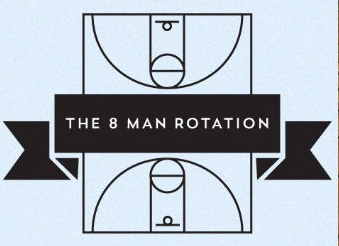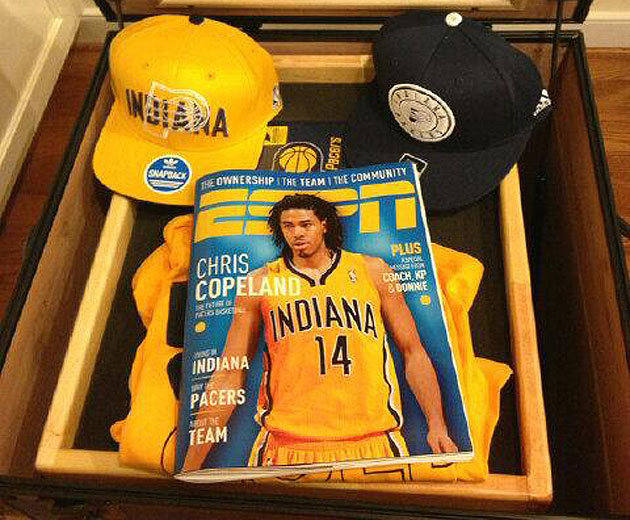The value of keeping the team intact: NBA edition
Drowned out by the overwhelming amount of fan and media attention that accompanied the recent decision by basketball's LeBron James to leave his team of the last four seasons, Miami, and return to his original club in Cleveland, another team in the NBA has quietly completed the execution of a different kind of talent strategy in advance of the 2014-2015 NBA season.
The talent strategy? The retention of key players and team leadership. The team? The NBA Champion San Antonio Spurs who recently defeated James and Miami 4 games to 1 in the NBA Finals, thus setting off a chain of events of player movement (starting with the league's best player, James), that is still not completely settled almost two months from the end of the season.
The Spurs' retention strategy concluded with the re-signing to a multi-year contract extension of the team's longtime coach Gregg Popovich. From the ESPN.com piece announcing Coach Pop's contract extension:
Gregg Popovich has agreed to a multiyear contract extension to continue coaching the reigning NBA champion San Antonio Spurs.
Popovich, 65, has coached San Antonio to five NBA titles since becoming the team's coach in 1996-97.
The Spurs won their first championship since 2007 last month when they defeated the Miami Heat in five games in the NBA Finals.
With Tim Duncan, Boris Diaw and the rest of San Antonio's key players all set to return next season, it was no surprise that Popovich has signed on for a few more years.
The long time coach, Popovich. The 'Big Three' star players, Tim Duncan, Tony Parker, Manu Ginobili. All of the important reserve/role players that helped the team vanquish the Heat in a five game series that was for the most part, incredibly one-sided. Everyone that played a key part and made needed contributions to the Spurs' great season and eventual NBA title are returning to the team next season.
In modern professional sports, the ability to retain so much of the key talent from a championship team is almost unheard of. Individual players, emboldened by their status as 'championship winners', often seek (rightly), to leverage that status into more lucrative contracts with competing teams. Some reserve players get uncomfortable returning to a team where they are likely to remain reserves for another season, thus potentially detracting from their longer term market value. And in sports, just like in any other business, sometimes people get tired of working with each other after a few years, and seek to use the success as a launch pad to something and somewhere else.
Retention as a strategy is sometimes, perhaps even regularly overlooked in sports and in many other types of organizations as well. Some people like to say retention is an outcome, and not really a strategy in of itself. It could be, but either way that does not diminish its importance and role in long-term organizational success.
ALL the NBA chatter this off-season has been about where LeBron was going to play next season, what his decision meant for the other stars on Miami, and how these moves impacted the eventual recruiting strategies of the other teams in the league. And while all this talk about player movement, potential trades, and how certain players might fit in with their new teams is fun and interesting for fans, it completely obscures what the most successful organization of the past 15 years has been doing.
The Spurs led the NBA in victories, won their 5th NBA title in the Popovich/Duncan era by defeating James and Miami in convincing fashion, and then re-signed Popovich and all the important players from that team and NO ONE is talking about them.
It is because retention is boring. Recruiting is fun and exciting though, so we like to talk about that instead. But retention, stability, and sticking to a winning formula probably gives the Spurs, (and your organization too), a better shot at long term success than chasing elusive talent and not doing enough to convince your home grown talent to stick around.

 Steve
Steve


